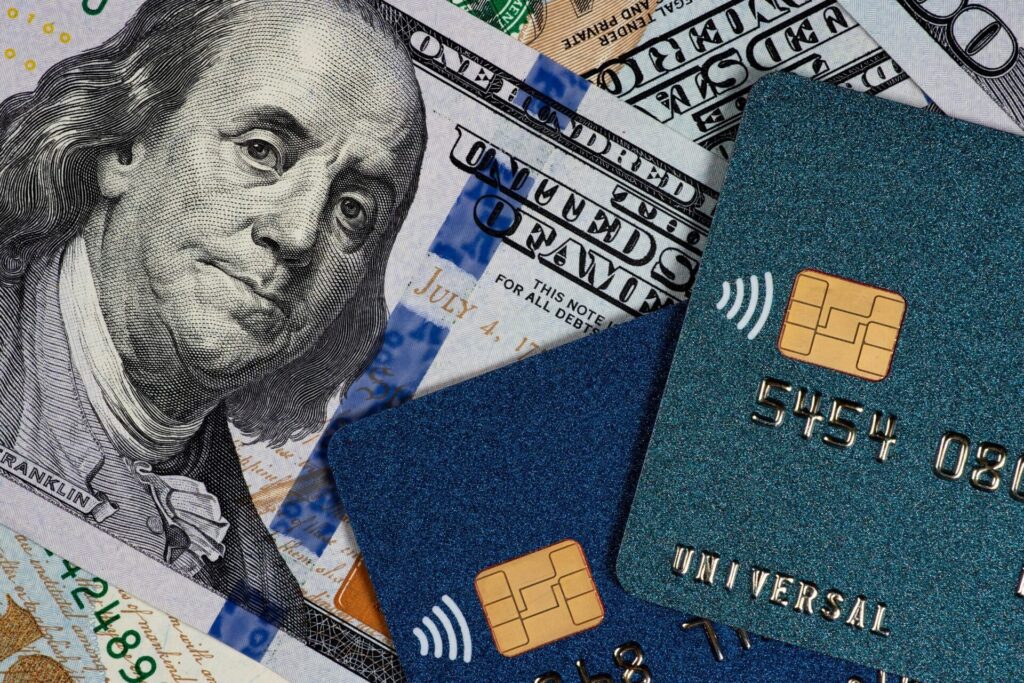When you get your monthly credit card statement, you’ll typically notice two payment options: the statement balance or the minimum payment. You might be tempted to make that minimum payment so you can have some extra cash to get by that month, but it can end up costing you more in the long run. Here’s everything you need to know about credit card minimum payments:
What is a minimum payment?
A minimum payment is the lowest amount you can pay your credit card company to remain in good standing and avoid late fees. It is typically 1-3% of your total balance, or a flat fee of about $25-$30.
What happens when you make the minimum payment?
When you pay the minimum payment, you’ll avoid late fees and a hit to your credit score, but you won’t make any real progress towards paying down debt. Your credit card company will continue to charge interest on your remaining balance until it is paid in full.
It’s recommended that you make at least the minimum payment and whenever you can, pay more or even pay your statement balance in full to avoid paying extra in interest charges. When you pay more now, you’ll spend less in the long term.
What happens if you can’t make the minimum payment?
Paying less than the minimum or missing payments will have a negative impact on your credit score, since on-time payments are the biggest factor (35 percent!) when it comes to calculating your score. Your credit card company will also likely charge you a late fee.
Here’s what to do if you can’t make your minimum payment:
- Stop using your credit card to avoid adding to your balance.
- Look at your budget and see if there are any areas you can reduce and put the extra cash towards your credit card payment.
- Use the Brigit’s Earn & Save section to find side gigs and easy ways to earn extra cash.
Brigit’s suite of financial tools can help you stay on top of your budget and help you meet your financial goals. Join today to get started.










